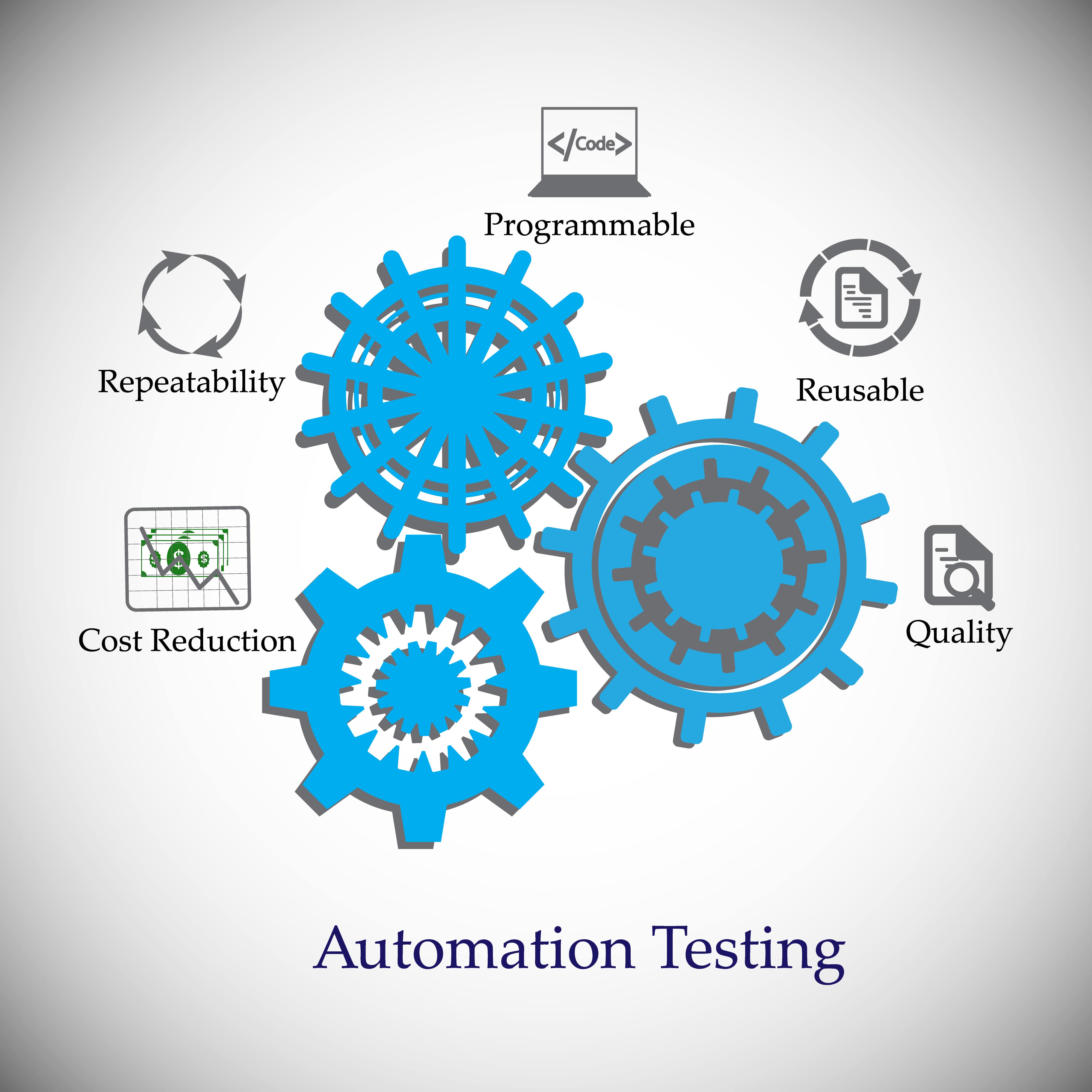Automation Testing: Secret Tips to Streamline Advancement Lifecycles
Automation Testing: Secret Tips to Streamline Advancement Lifecycles
Blog Article
Guaranteeing Success in Automation Evaluating: Key Metrics, Difficulties, and Solutions Every QA Team Need To Know
In the realm of software application quality guarantee, the landscape of automation testing is ever-evolving, demanding a careful technique to guarantee seamless procedures. The journey to mastering automation testing is led with nuances that require a keen eye for monitoring, analysis, and continuous renovation. As the sector drives onward, the quest for optimal performance in automation screening stays a consistent quest, advising QA teams to outfit themselves with the understanding and methods crucial for accomplishment.
Significance of Key Metrics
Understanding the significance of vital metrics is vital for reviewing the efficiency and effectiveness of automation screening procedures. Key metrics function as quantifiable steps that supply valuable insights into various elements of the testing procedure, such as examination insurance coverage, test execution time, defect thickness, and examination instance efficiency. By analyzing these metrics, QA teams can identify traffic jams, inefficiencies, and areas for enhancement within their automation testing structure.
One essential element of essential metrics is their ability to track development and keep an eye on the total health of the testing process (automation testing). They allow stakeholders to make educated decisions based on data-driven insights, which can cause extra effective screening methods and much better resource appropriation. Furthermore, essential metrics can aid teams set sensible objectives, measure the success of automation efforts, and show the ROI of automation testing initiatives

Typical Challenges Faced
Obstacles typically run into in automation testing procedures can substantially influence the total performance and effectiveness of QA groups. One of the significant challenges is the selection of the right test cases for automation. Not all test situations are suitable for automation, and choosing the wrong ones can result in lost time and resources. Additionally, keeping examination scripts can be a daunting job, especially as the application undertakes regular adjustments. Test manuscript upkeep calls for constant updates and adjustments to ensure they show the current performance accurately. One more typical obstacle is the first financial investment needed for establishing up automation frameworks and devices. This can be a barrier for some companies, specifically smaller ones with minimal spending plans. Automation testing might not cover all facets of screening, such as usability and individual experience testing, which still require hand-operated intervention. Getting rid of these obstacles needs appropriate preparation, critical examination situation selection, durable maintenance procedures, adequate sources, and a clear understanding of the restrictions of automation screening.
Effective Solutions for Obstacles
To resolve the barriers encountered in automation testing, executing efficient options is crucial for enhancing the effectiveness and productivity of QA teams. One crucial solution is to spend in durable training programs for QA teams to ensure they have the needed abilities to efficiently make use of automation devices. Training can link understanding voids, boost understanding of automation frameworks, and boost scripting abilities, ultimately resulting in a lot more reliable test development and execution.
An additional important solution is to develop clear communication networks within the QA team and with other stakeholders, such as programmers and job managers. Efficient communication aids in aligning assumptions, sharing progress updates, and without delay dealing with problems or roadblocks that may occur Continued during the automation testing process.

Monitoring and Analysis Methods
Applying reliable surveillance and evaluation methods is critical for making sure the success and effectiveness of automation screening procedures. In addition, assessing examination outcomes and metrics provides beneficial insights into the top quality of the software program being tested and the performance of the testing method.
One key method in monitoring and analysis is the use of dashboards that settle pertinent metrics and KPIs in a visually obtainable style. These control panels provide a comprehensive overview of examination execution condition, examination coverage, flaw trends, and other important info. On a regular basis reviewing and evaluating these dashboards can aid QA groups make notified choices, focus on tasks, and maximize testing initiatives.
Moreover, carrying out automated informs and notifications based upon predefined limits can boost proactive tracking and timely treatment. By establishing alerts for performance deviations or test failures, teams can address concerns quickly and prevent them from escalating. On the whole, monitoring and analysis techniques play a vital function in making sure the performance and success of automation screening campaigns.
Constant Enhancement Techniques
Enhancing the effectiveness of automation screening processes necessitates the constant refinement of techniques and methods. One vital strategy to improving automation testing processes is to carry out routine reviews and retrospectives.

Conclusion
In conclusion, it is critical for QA groups to understand the vital metrics, challenges, and options in automation testing to guarantee success. By very carefully checking and examining data, executing reliable solutions to typical obstacles, and continuously boosting techniques, QA teams can enhance their screening processes and provide high-grade software. Sticking to these techniques will ultimately result in more efficient and effective automation testing practices.
By analyzing these metrics, QA teams can determine bottlenecks, inadequacies, and locations for enhancement within their automation testing framework.
Furthermore, essential metrics can aid teams established realistic goals, gauge the success find out this here of automation campaigns, and demonstrate the ROI of automation screening initiatives.
Difficulties commonly encountered in automation screening processes can significantly influence the total performance and effectiveness of QA teams. Automation testing may not cover all elements of testing, such as usability and user experience screening, which still call for hand-operated intervention.In conclusion, it is critical for QA groups to recognize the essential metrics, obstacles, and services in automation testing to guarantee success.
Report this page